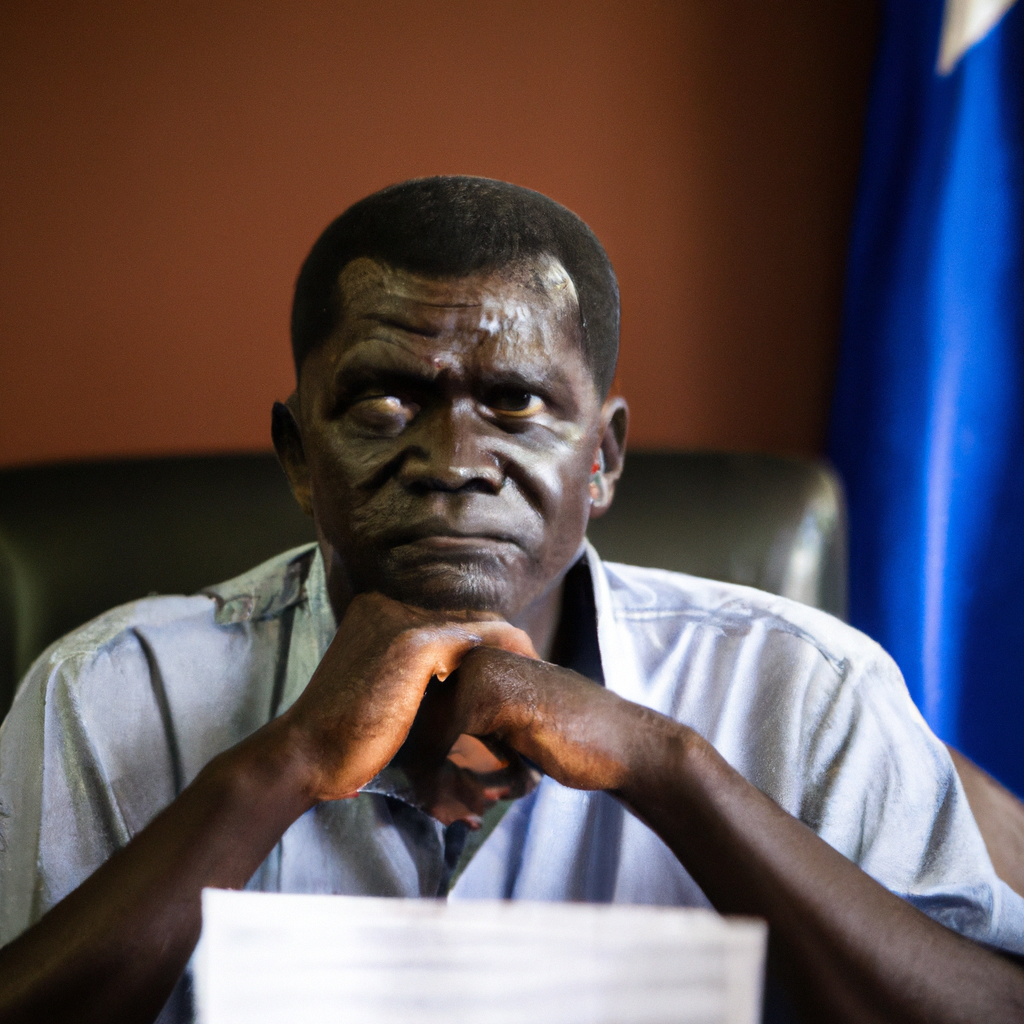Uganda and Tanzania have successfully dismissed a lawsuit that threatened the progress of the multi-billion dollar oil pipeline project between the two nations. This significant legal victory was announced following a ruling from the East African Court of Justice that found the plaintiffs did not have the jurisdiction to file the case. The pipeline, which will transport crude oil from Uganda’s oil-rich Albertine Graben to the Tanzanian port of Tanga, is pivotal for both countries’ economic growth, promising to create thousands of jobs and enhance energy security in the region. With the legal obstacles now cleared, stakeholders are optimistic about the project’s timeline and the potential benefits for the East African economy.
Legal Background and Court Ruling
The lawsuit, spearheaded by environmental activists and organizations, aimed to halt the pipeline’s construction, citing concerns over environmental degradation and potential displacement of communities along the route. They argued that the project would violate the rights of local residents and endanger wildlife in the region. However, the court ruled that the claims lacked standing and did not meet the legal criteria for a case in the jurisdiction of East African states.
The ruling has been met with relief from Ugandan and Tanzanian officials, who view the pipeline as a crucial component of their long-term economic strategies. It is expected to create an estimated 10,000 jobs during the construction phase alone and generate substantial revenue from oil exports. The decision reflects a growing trend in the region to prioritize infrastructure development, particularly in the energy sector, to uplift economies and improve living standards.
Economic Significance of the Pipeline
The East African Crude Oil Pipeline (EACOP) project is not only a critical infrastructure development but also a symbol of regional cooperation between Uganda and Tanzania. As oil reserves in Uganda are expected to amount to approximately 6.5 billion barrels, the successful execution of this pipeline promises to usher in a new era of economic stability and growth for both nations.
Key facts about the project include:
- Capacity: The pipeline will have the capacity to transport up to 216,000 barrels of oil per day.
- Length: Stretching over 1,443 kilometers, it will be the longest heated pipeline in the world.
- Investment: The project is anticipated to attract around $3.5 billion in investments, making it one of the largest infrastructure projects in East Africa.
As the pipeline moves closer to construction, various stakeholders, including international oil companies, expect to capitalize on opportunities that arise from the burgeoning oil sector. In light of current oil prices and demand trends, the project is especially timely, as global energy dynamics continue to shift.
Environmental and Social Considerations
While the recent court ruling is a major milestone, it has not silenced concerns regarding the project’s environmental impact. Activists continue to advocate for stringent environmental assessments and sustainable practices to minimize disruptions to ecosystems and local communities. As Uganda and Tanzania proceed with the oil pipeline, they will likely face ongoing scrutiny regarding environmental stewardship and community rights. Both governments have emphasized their commitment to responsible development and have pledged to provide adequate compensation to those affected by the project.
Furthermore, the authorities are called to enhance community engagement initiatives. Building trust and ensuring inclusive dialogue with local populations can mitigate backlash and foster a viable operational environment. As the economies of Uganda and Tanzania rely heavily on successful resource extraction, striking a balance between development and conservation is paramount.
Conclusion and Future Implications
The dismissal of the lawsuit marks a turning point for the Uganda-Tanzania oil pipeline project, affirming the commitment of both governments to advance regional energy independence and economic development. As the project unfolds, the focus will likely center on how effectively authorities manage environmental risks and engage with local communities.
In conclusion, while the legal victory is a significant step forward, the journey ahead for the EACOP project will require careful navigation of ecological responsibilities and community relations. The success of the pipeline could set a precedent for future infrastructure developments in East Africa, showcasing the balance between exploiting natural resources and maintaining social equity. With optimism in the air, both Uganda and Tanzania embark on the next phases of this ambitious venture, with an eye toward legacy-building in the energy sector.








